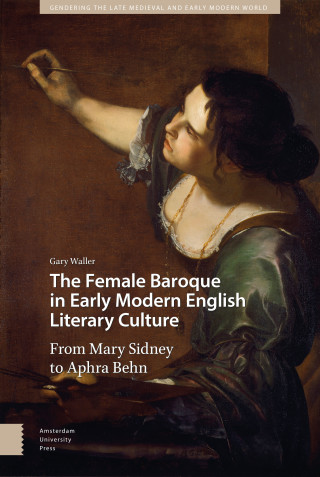This book explores the intricate connections between the body and narrative across the early modern world. It examines how bodily aspects shaped the creation of stories and vice versa. The writing, telling, or interpreting of a story is inherently tied to corporeal acts and is, to varying degrees, shaped by them. Likewise, narrativity—the narrative form, including the framing and structuring elements that define a story’s meaning—can influence how the body is experienced, understood, and valued. Adopting an interdisciplinary approach and incorporating case studies from Africa, the Americas, and Europe, this volume positions the body as a critical heuristic tool. It moves beyond the dichotomous debate between constructivism and essentialism by emphasizing the interplay of body and narrative.





